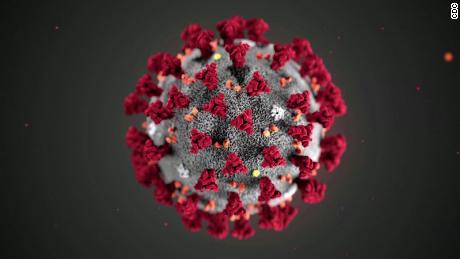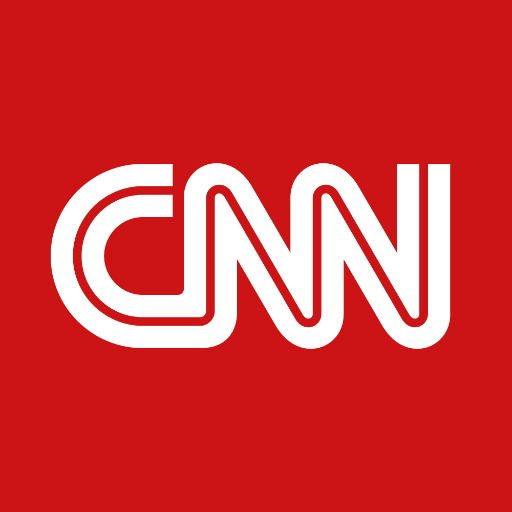Gov. Andrew Cuomo's move, in the second week of March, seemed to portend the scope and magnitude of the rapidly evolving Covid-19 crisis.Now,more than two months after the state set up a containment zone within New Rochelle, New York's original epicenter of the pandemic is slowly starting to reopen. "It was a surreal experience," Mayor Noam Bramson said. "For everyone in New Rochelle, beyond the obvious concern for one's own health and the health of one's neighbors and the disruption in daily life, a city like ours is not accustomed to being in the glare of the national spotlight."New Rochelle and New YorkCity's northern suburbs in the mid-Hudson region began the state's four-phase reopening process on Tuesday after demonstrating declining hospitalizations and fatalities. Phase one includes agriculture, construction, manufacturing, wholesale and curbside and in-store pickup at retail locations."No matter how hard it was, you know, we persevered," said Josh Berkowitz, the owner of Eden Wok, a kosher Chinese restaurant that remained open for pickup and delivery in the containment zone. Cuomo on March 10 announced theone-mile zone inside of which schools, religious events and large gatherings were ordered closed. That day, New Rochelle had 108 coronavirus cases compared to 36 in New York City — despite being less than one hundredth the size of its densely packed southern neighbor. "New Rochelle at this point is probably the largest cluster in the United States of these cases," Cuomo said at the time. "And it is a significant issue… I mean, this is really heartbreaking."Since early March, the city has recorded 2,885 coronavirus cases.As of Wednesday, New Rochelle's website said the city had 93 active cases — part of a steady decline officials attribute to the drastic restrictions."The people of New Rochelle take special satisfaction in reaching this milestone, and we are cautiously optimistic that we can continue making progress through all of the phases until we achieve a full reopening," Bramson told CNN. "We want to do our part to lead our region into a strong and robust recovery."Berkowitz lamented he has no idea when that will be.
New Rochelle jumped from one case to 108 in a week
In March, the number of coronavirus cases in New Rochelle jumped from one to 108. In one week. The New Rochelle outbreak began in the first days of the month when "patient zero"Lawrence Garbuz, in his 50s, tested positive for Covid-19. Garbuz, an attorney who commuted to work near Grand Central Station in Manhattan, was hospitalized and placed on a breathing tube.His was considered the first case of community spread, meaning the source of the virus was not known. Over the next week, the virus spread rapidly. State officials said more than 50 cases could be linked to Garbuz. They included his wife, son, daughter, a neighbor who drove him to the hospital, and another friend and that friend's family.Three members of the Young Israel Congregation of New Rochelle, which the attorney attended, also tested positive for the virus, according to state officials. Another two friends of the attorney tested positive, too. And four more people related to the attorney also had the virus, Cuomo said.And so did two residents from nearby Rockland County who worked as caterers in a bar mitzvah the attorney was believed to have attended.On March 7, the governor announced 23 others linked to the attorney had the virus.Garbuz, who was the only one in his family hospitalized, was "on the road to full recovery," his wife, Adina Lewis Garbuz, said in a Facebook post weeks later.
Over the next week, the virus spread rapidly. State officials said more than 50 cases could be linked to Garbuz. They included his wife, son, daughter, a neighbor who drove him to the hospital, and another friend and that friend's family.Three members of the Young Israel Congregation of New Rochelle, which the attorney attended, also tested positive for the virus, according to state officials. Another two friends of the attorney tested positive, too. And four more people related to the attorney also had the virus, Cuomo said.And so did two residents from nearby Rockland County who worked as caterers in a bar mitzvah the attorney was believed to have attended.On March 7, the governor announced 23 others linked to the attorney had the virus.Garbuz, who was the only one in his family hospitalized, was "on the road to full recovery," his wife, Adina Lewis Garbuz, said in a Facebook post weeks later.
'Containment zone' frightened some residents
Declaring New Rochelle a "true geographic cluster," Cuomo established a two-week containment zone encircling the synagogue that went into effect on March 12. Schools closed within the area, large gatherings were banned and a drive-thru coronavirus testing site was opened. The zone did not limit people's movement and was more focused on gatherings and schools within its perimeter. Smaller stores and businesses stayed open. The National Guard was deployed to clean public areas in the area and deliver food to homes."People didn't want to come out because we're iRead More – Source
[contf] [contfnew] 
cnn
[contfnewc] [contfnewc]





